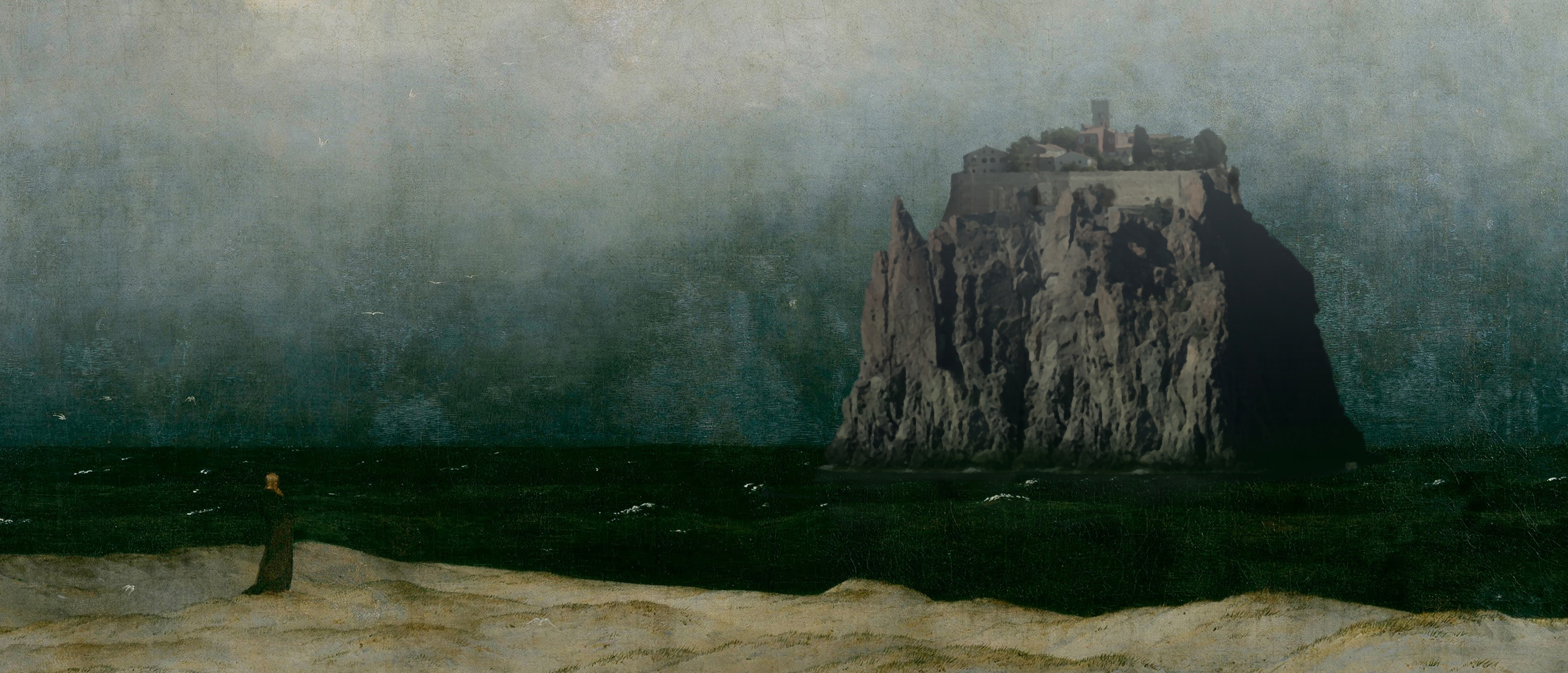
LEARNING OUTCOMES
The goal of the course is to engage students with the diverse digital design tools they will use daily in their professional work in design offices. They will learn specific digital design workflows facilitated through modules consisting of input sessions and an assignment. Workflows include working with raster and vector-based software used by designers in general, but specifically by architects, landscape architects and interior architects. Depending on the module selection, students will have a chance to engage with Photoshop, Illustrator, InDesign, Rhino, Grasshopper, V-Ray, Python, Processing as well as other software. At the end of the course the students will have basic familiarity with the digital design workflow and the software used in the module and gain confidence in applying these skills in their future design work.
Credits: 3
Schedule: 02.03.2023 - 13.04.2023
Teacher in charge (valid for whole curriculum period):
Teacher in charge (applies in this implementation): Luka Piskorec
Contact information for the course (applies in this implementation):
CEFR level (valid for whole curriculum period):
Language of instruction and studies (applies in this implementation):
Teaching language: English. Languages of study attainment: English
CONTENT, ASSESSMENT AND WORKLOAD
Content
valid for whole curriculum period:
This course teaches the student one holistic digital design workflow and how to apply it as a storytelling device to a specific assignment. The course will offer multiple modules / subtopics from which the student can choose. Modules are designed to engage the student in specific digital design workflows including:
- 2D and 3D vector drawing and modeling
- 3D modeling, rendering and collaging
- photograph manipulation and collaging
- digital fabrication with 3D printers, laser cutters and robot arms
- animation production
- interactive animation and interface building
- parametric and generative modeling
Knowledge conveyed through every module is self-contained and designed to be taken without a specific order. Students will be provided with all the knowledge necessary to accomplish and submit the assignment within each module. Every module consists of input sessions, self-learning part, assignment work and evaluation. Input sessions convey a specific work method related to the digital design workflow and software of choice. Input sessions as well as self-learning material are directly supporting the student to get acquainted with this digital design method. Assignments are designed so that it is easy for the student to start working on them right away, namely there is little pre-knowledge necessary.
The overarching theme for all the modules is immediate environment, urban context and its layers of history. Assignments deal with observation and reinterpretation of that environment which presupposes little design skills but a high level of creativity and imagination. Assignments are designed to be collections or atlases mapping the immediate environment. Module topics focus primarily on digital representation and storytelling skills in design, but some explore advanced topics of computational, generative and parametric design for which they are an excellent introduction.
The course is not meant to be conclusive about digital workflows in design and practice, rather it gives a comprehensive overview of the most basic of digital design methods and their applications. Didactic outlook is that the integration of digital design workflows learned through different course modules happens on an individual level during design courses throughout the bachelor and master studies.
Assessment Methods and Criteria
valid for whole curriculum period:
Students will be evaluated based on the submitted assignment at the end of the course. The submitted assignment needs to follow the assignment guidelines which will be clearly communicated in the task description together with reference examples at the beginning of the course. Evaluation criteria fall into three groups:
- Formal
- student has at least 60 % attendance rate for contact hours
- assignment is within assigned topic and scope
- assignment is submitted on time for evaluation and in correct format
- Skill
- assignment demonstrates student s ability to engage and work in an independent fashion in the digital design workflow shown in the class
- assignment demonstrates that the student invested the designated amount of independent study hours to master the software and equipment used in the digital design workflow shown in the class
- Integration
- assignm
Workload
valid for whole curriculum period:
The course includes 4 hours per week of contact teaching. Additionally, the students are expected to invest additional 8 hours every week for self-study and assignment completion. The course takes place in one period and lasts for 6 weeks. Attendance of the course during contact hours is compulsory. In order to successfully finish the course, the students must complete and submit the assignment.
DETAILS
Substitutes for Courses
valid for whole curriculum period:
Prerequisites
valid for whole curriculum period:
FURTHER INFORMATION
Further Information
valid for whole curriculum period:
Teaching Language : English
Teaching Period : 2022-2023 Spring IV
2023-2024 Spring IVEnrollment :
The minimum number of students in the course is 5.
Registration for courses: Sisu. Priority order to courses is according to the order of priority decided by the Academic committee for School of Arts, Design and Architecture, https://www.aalto.fi/en/services/registering-to-courses-and-the-order-of-priority-at-aalto-arts
